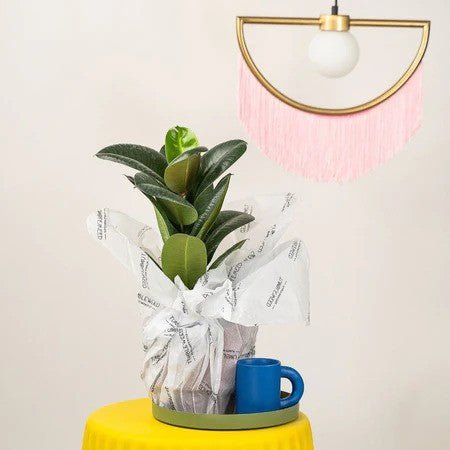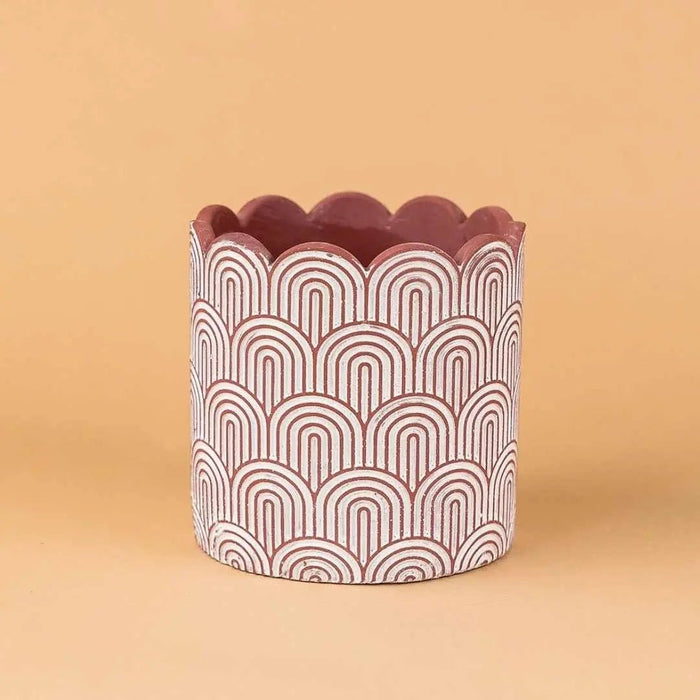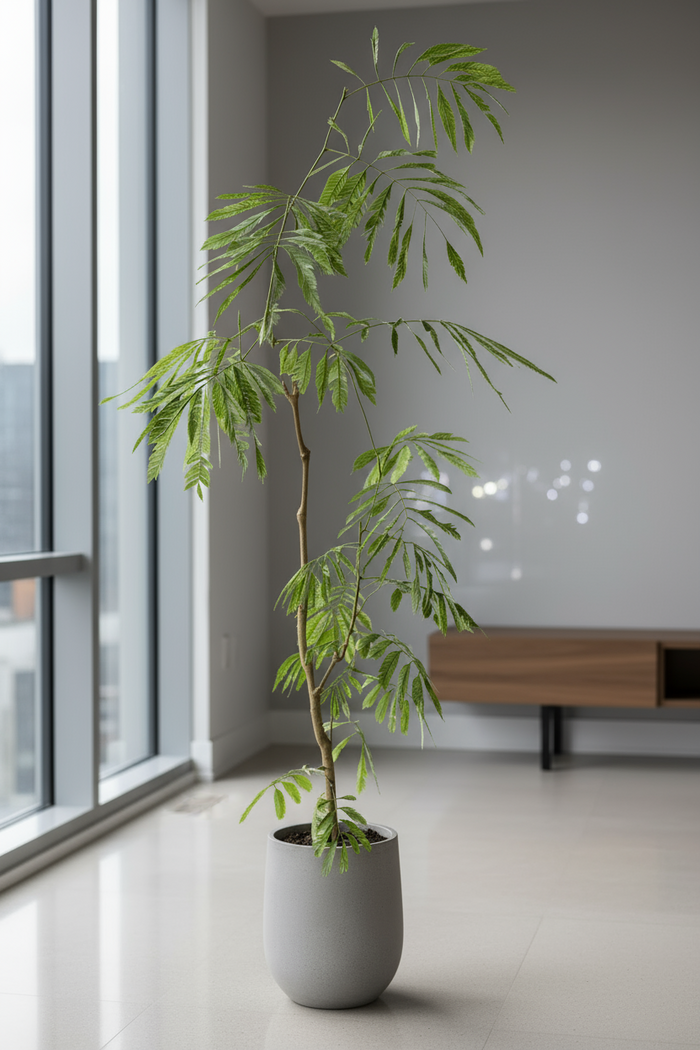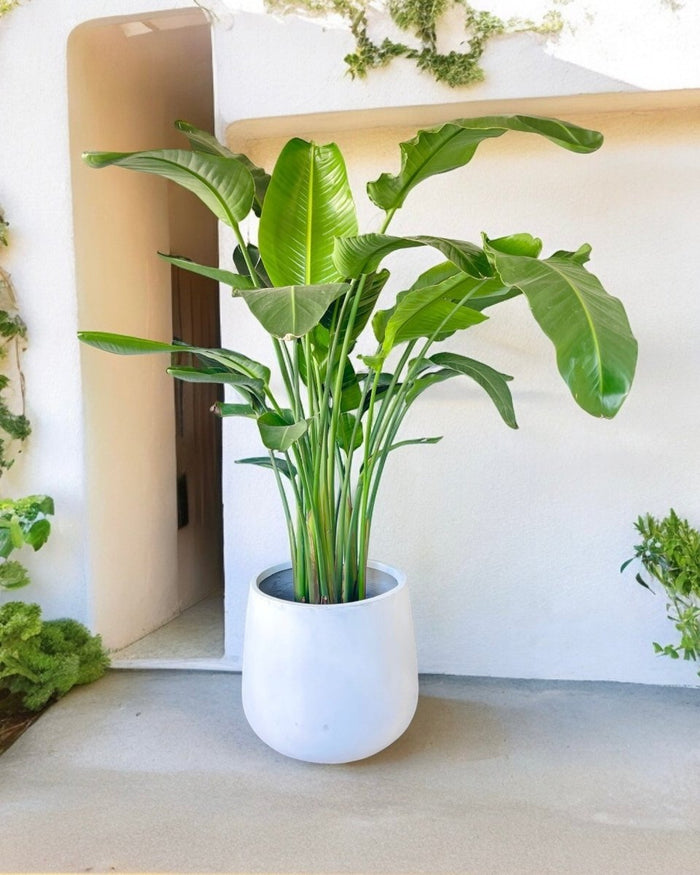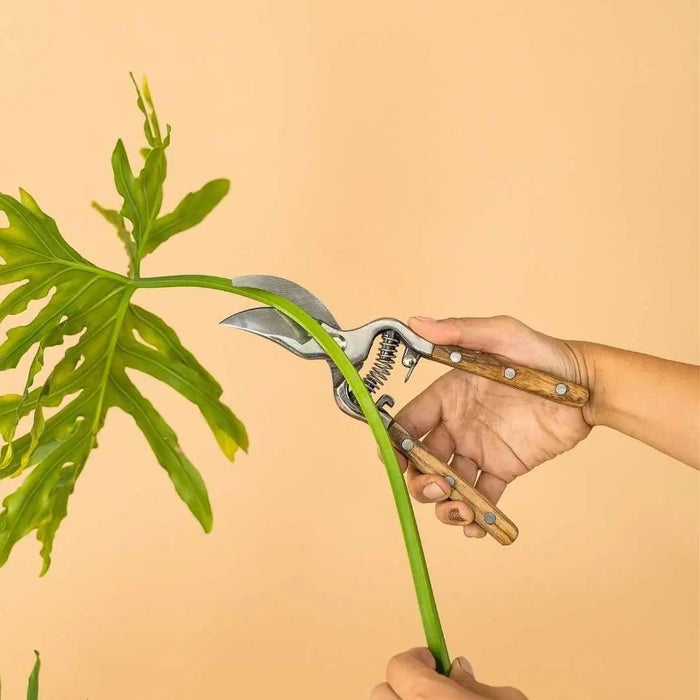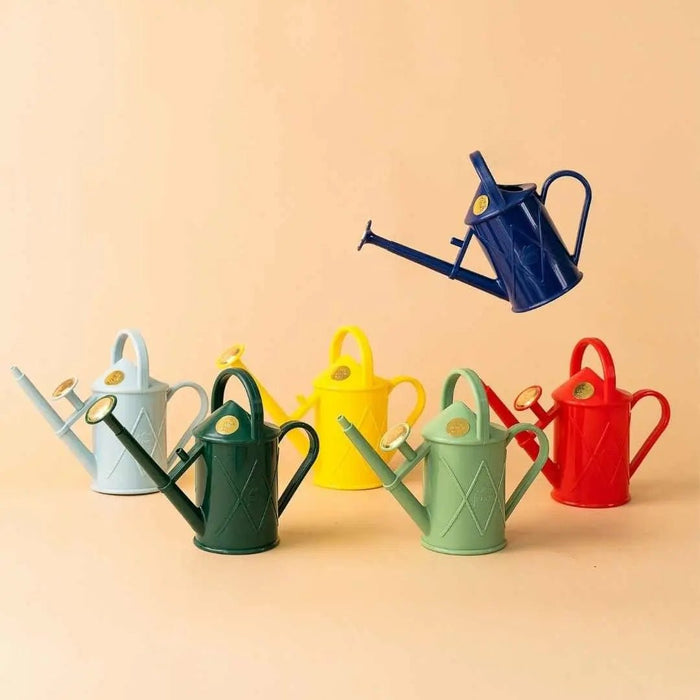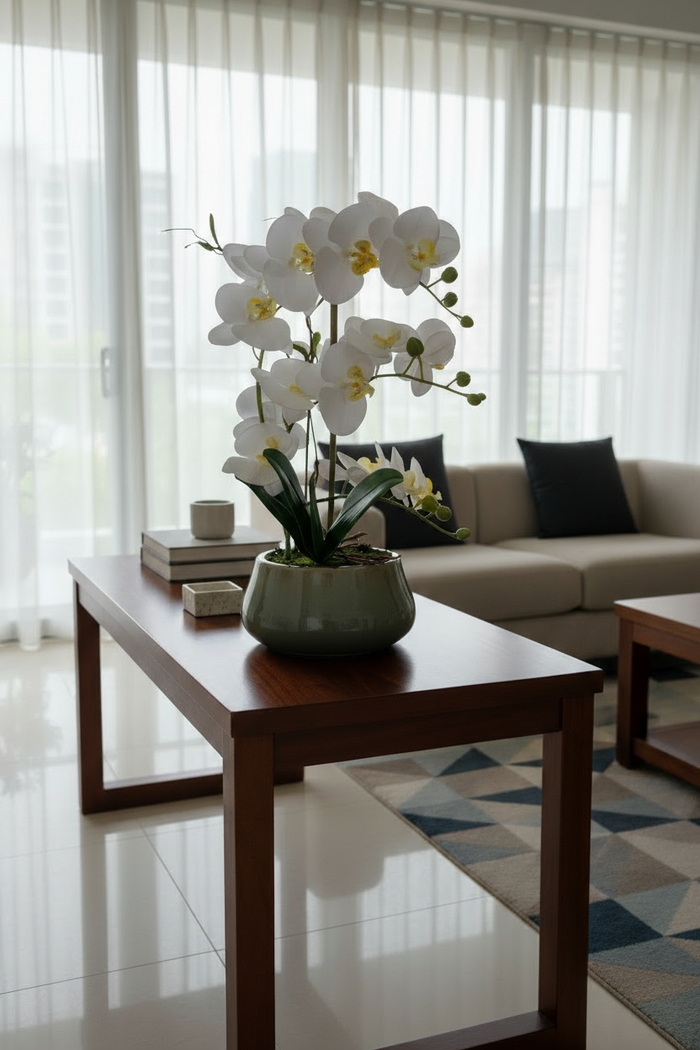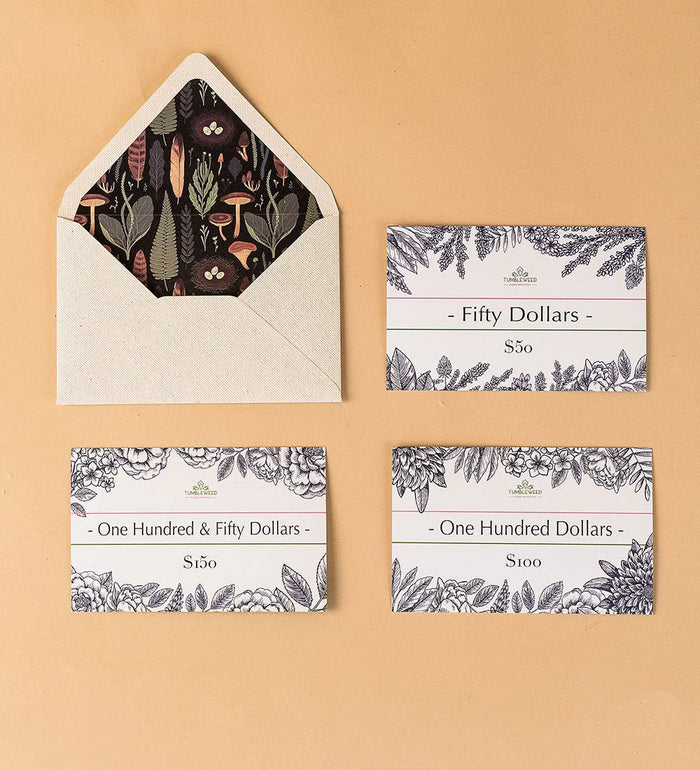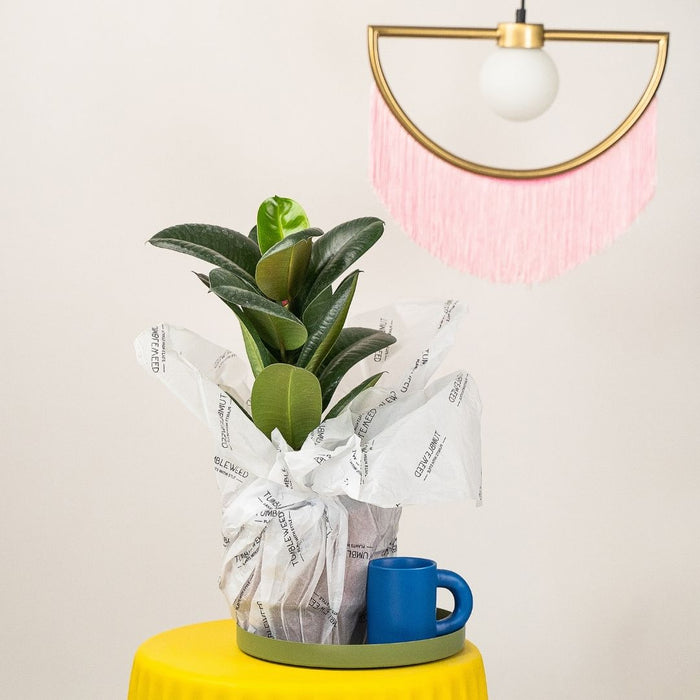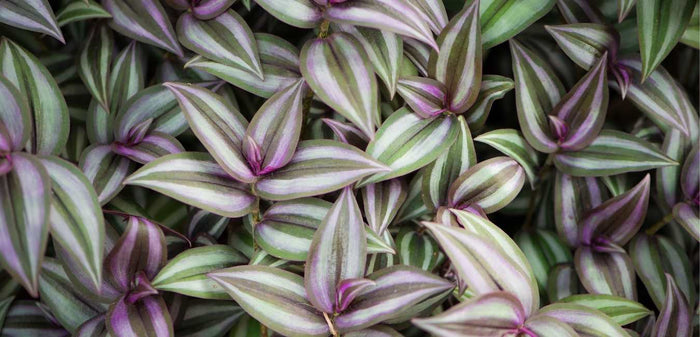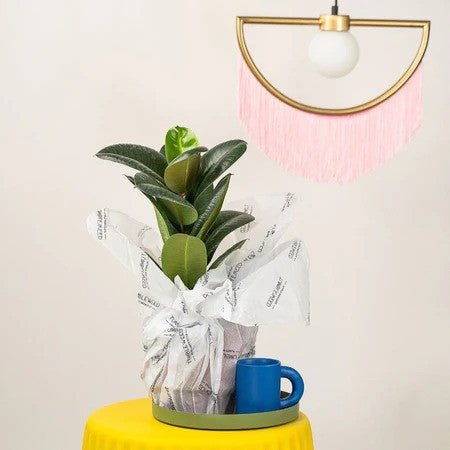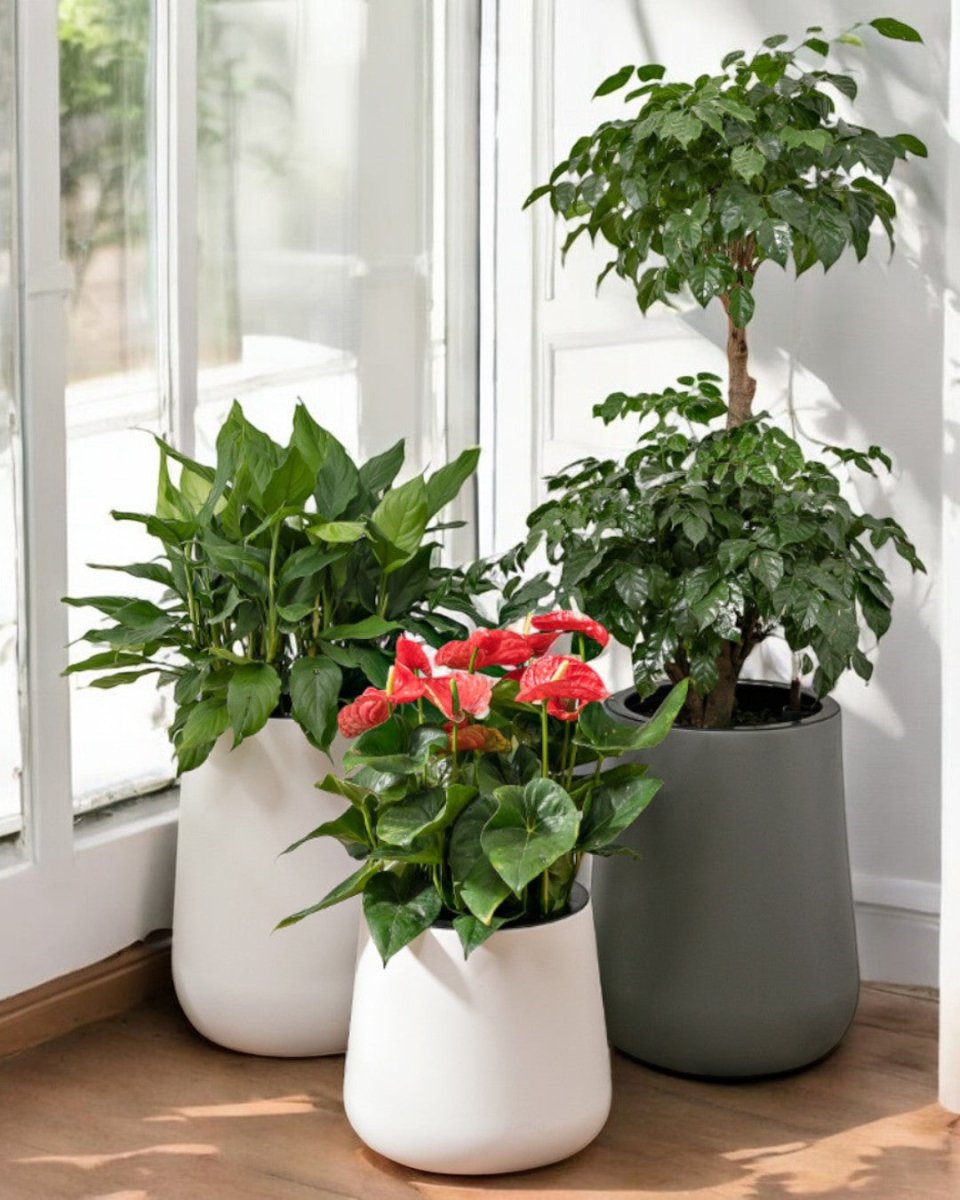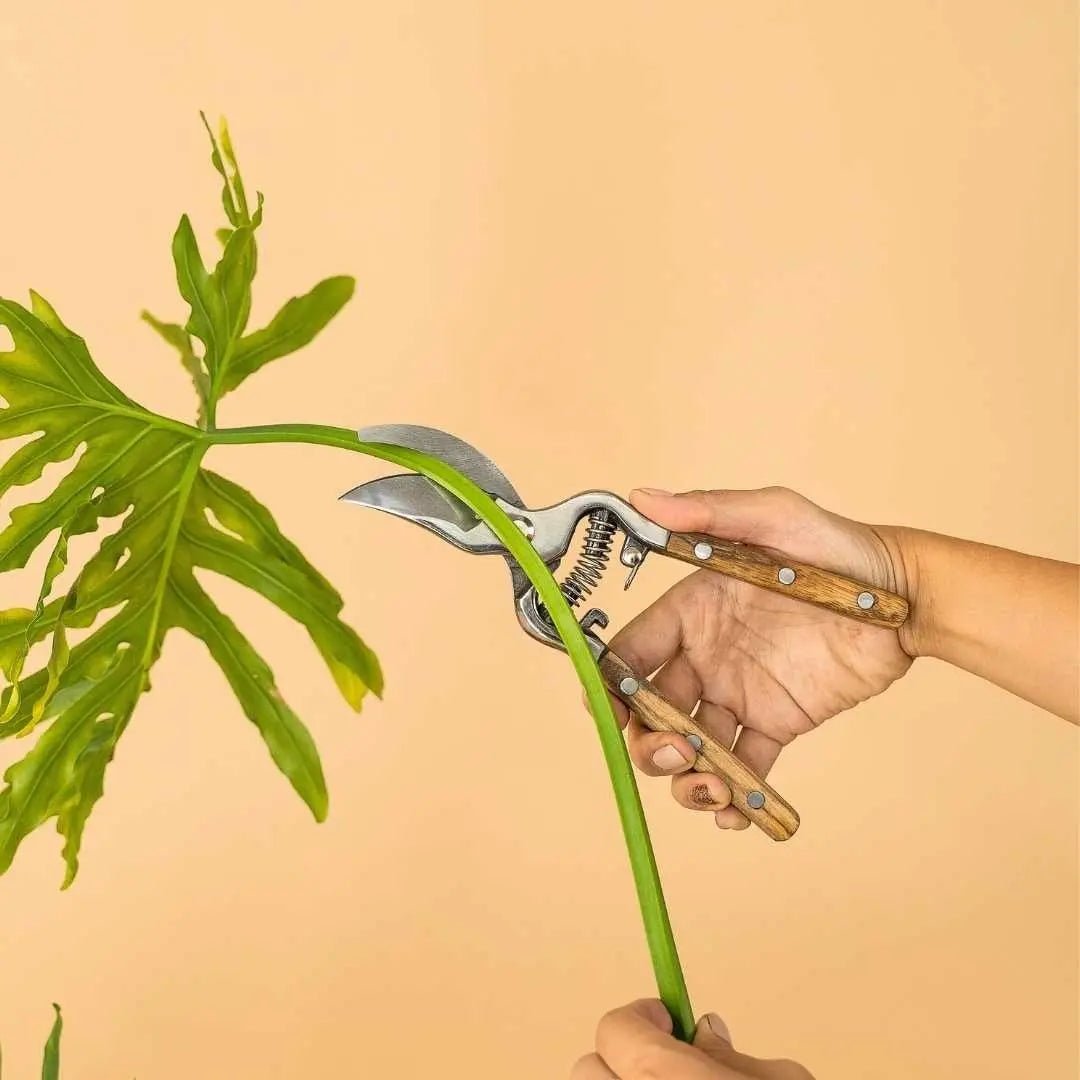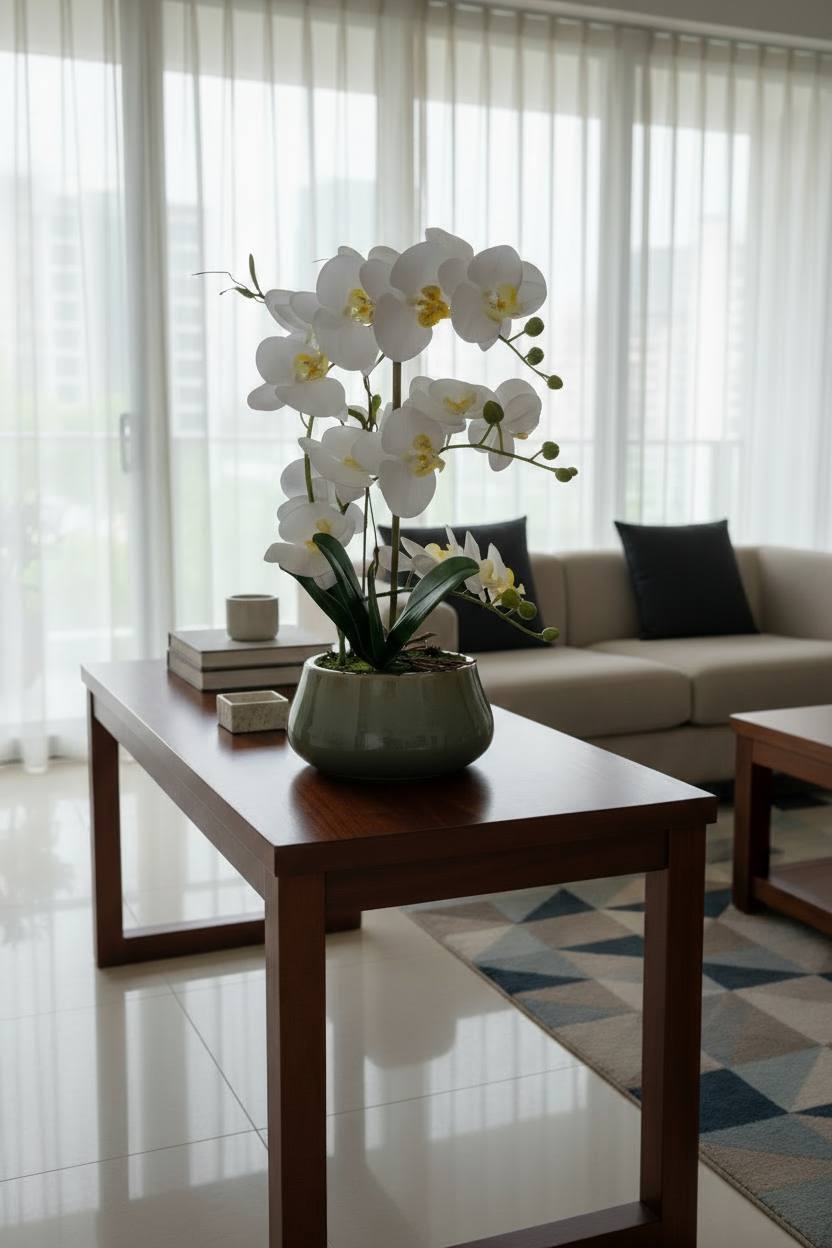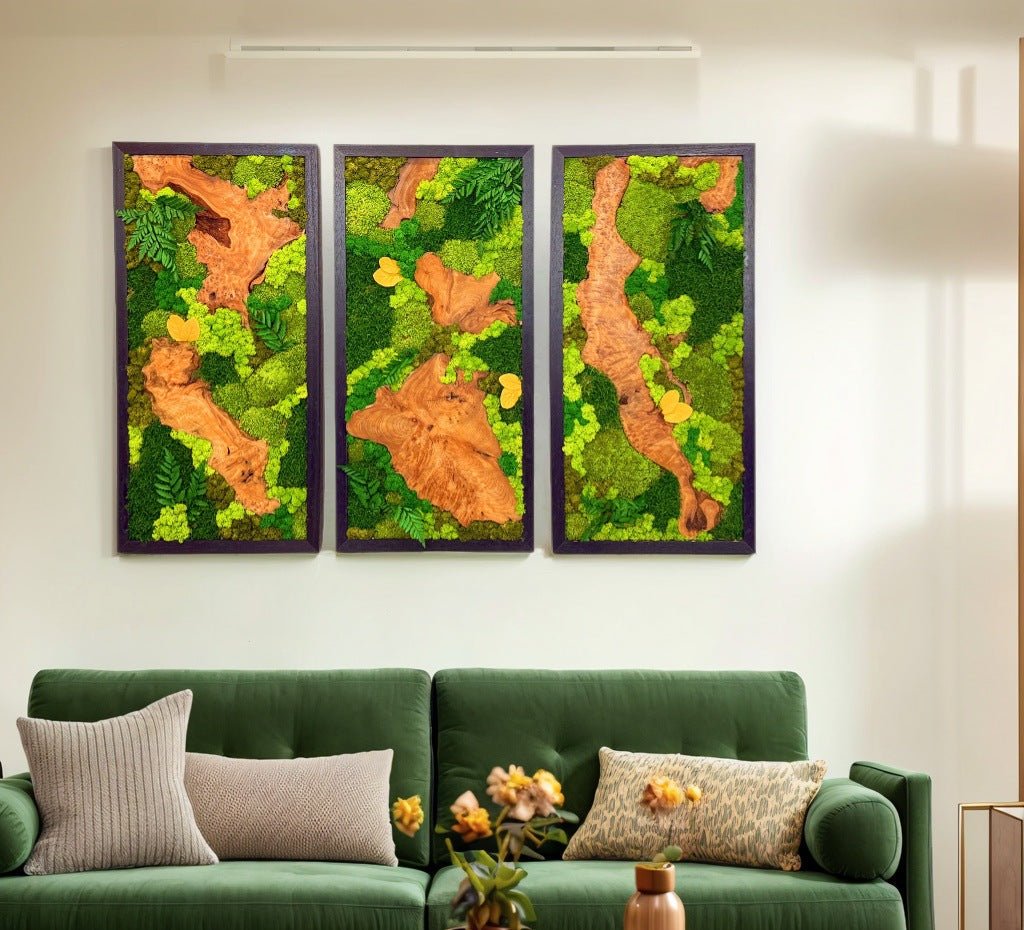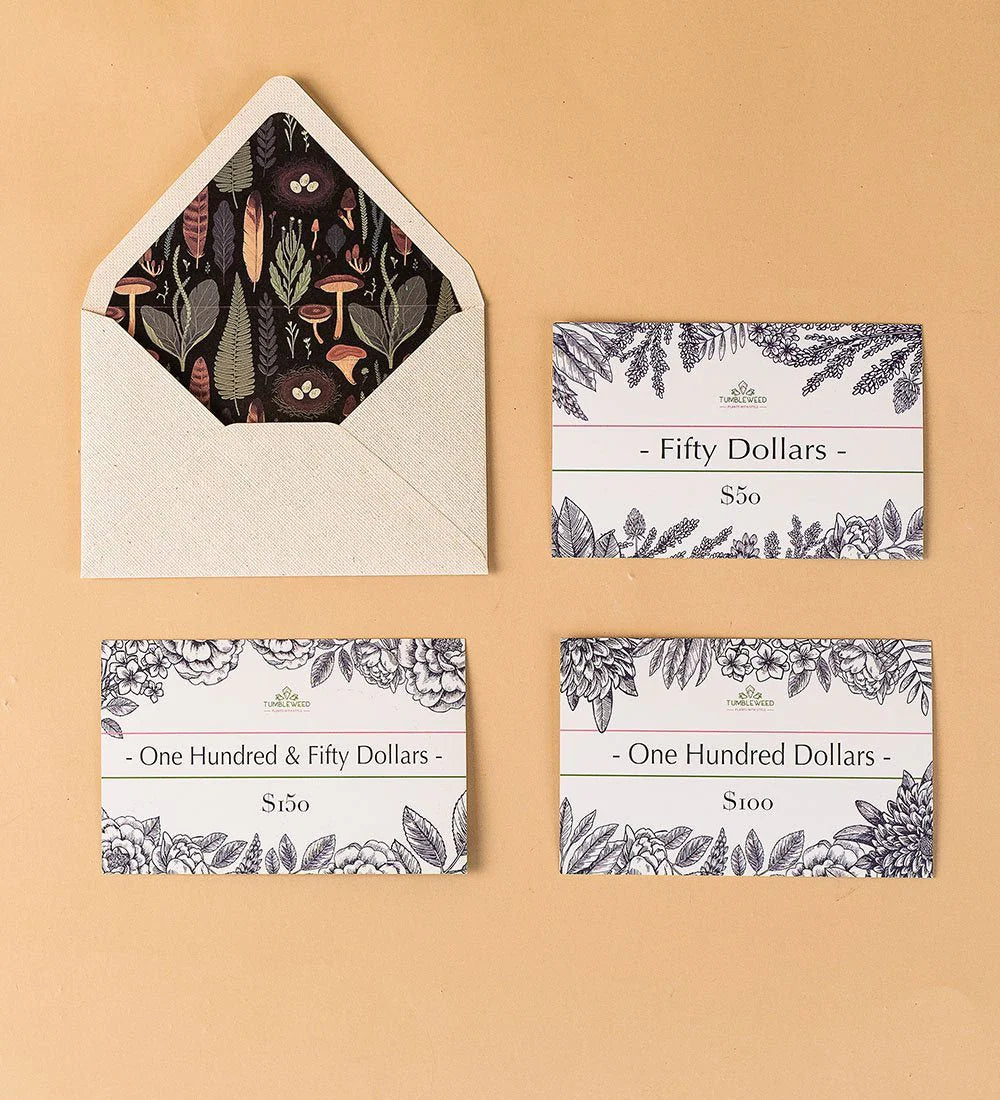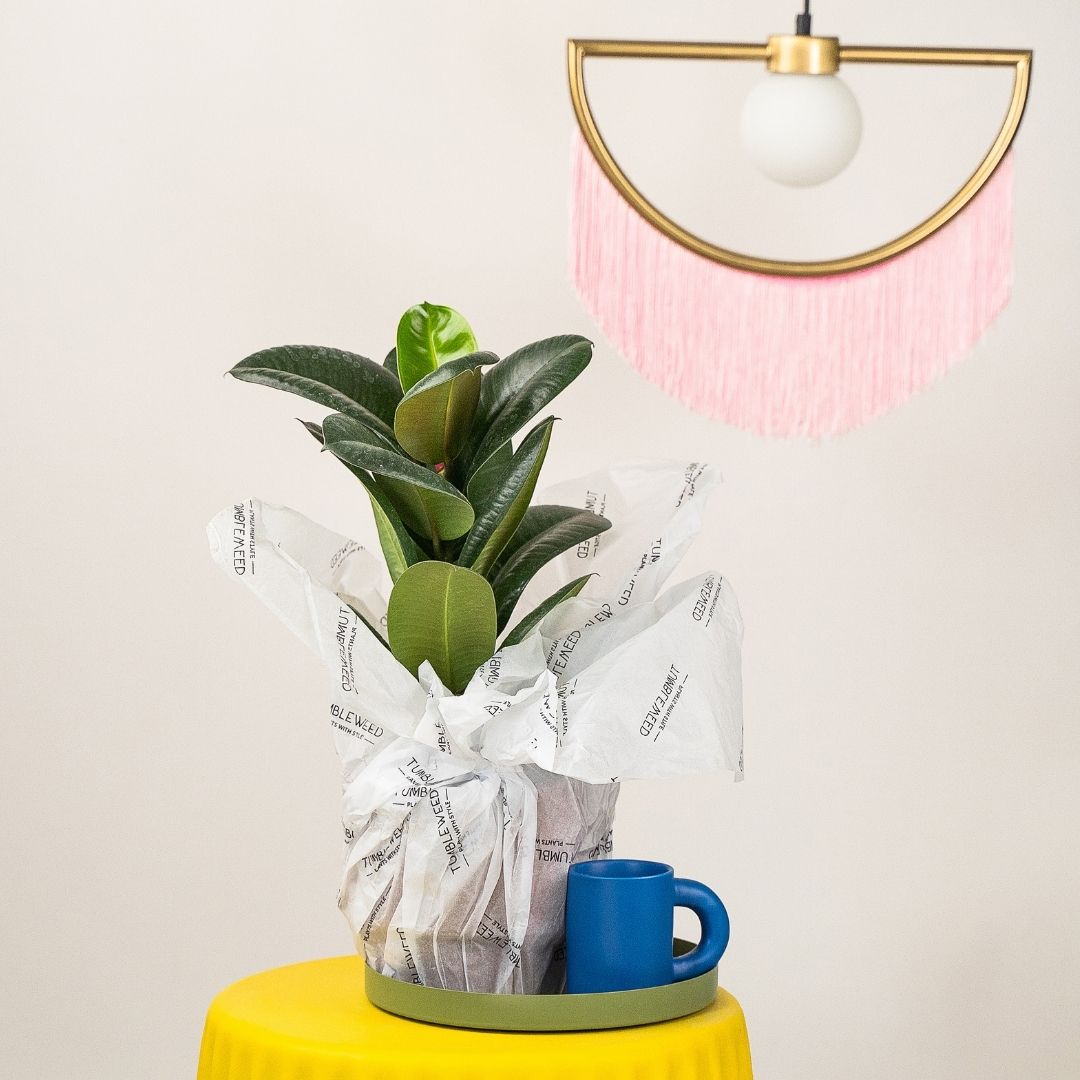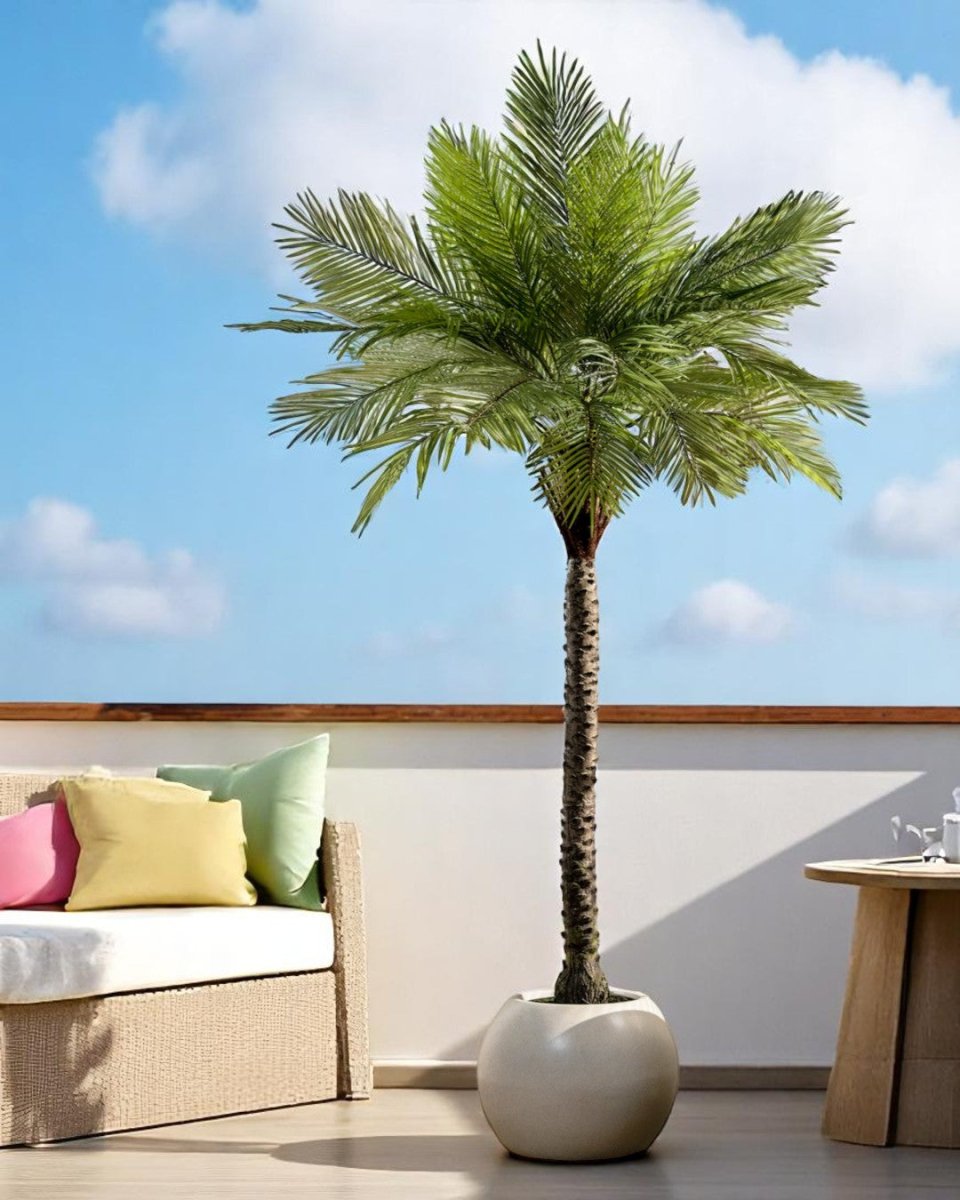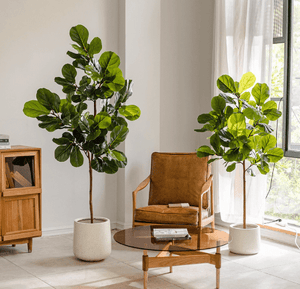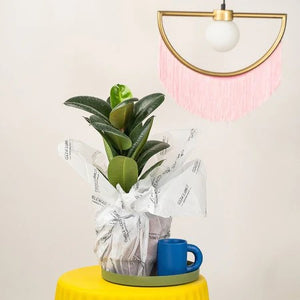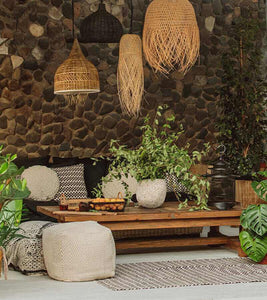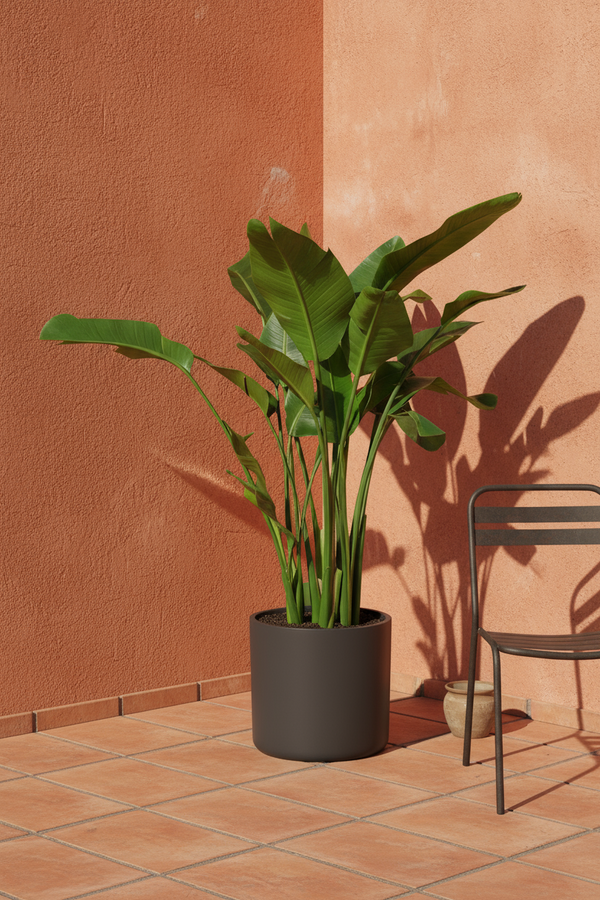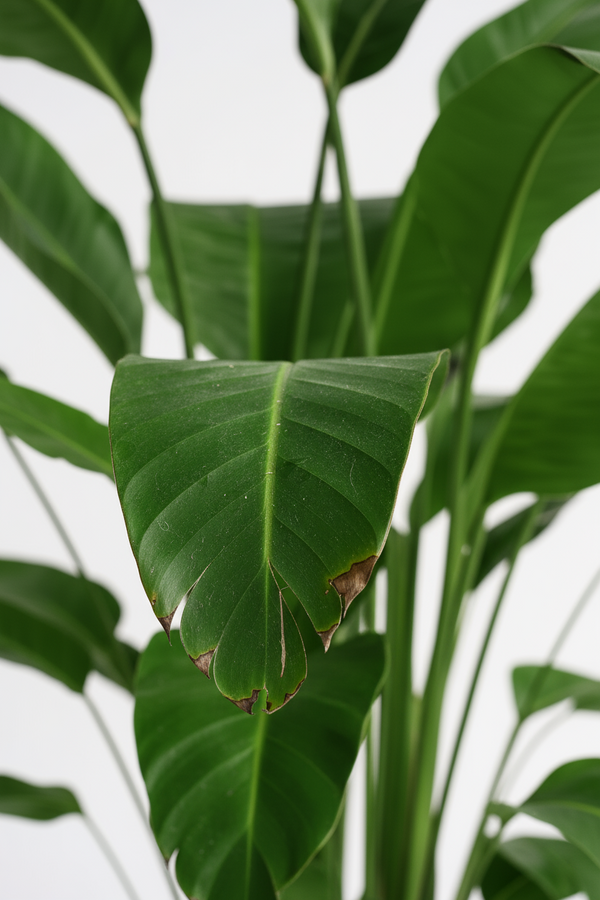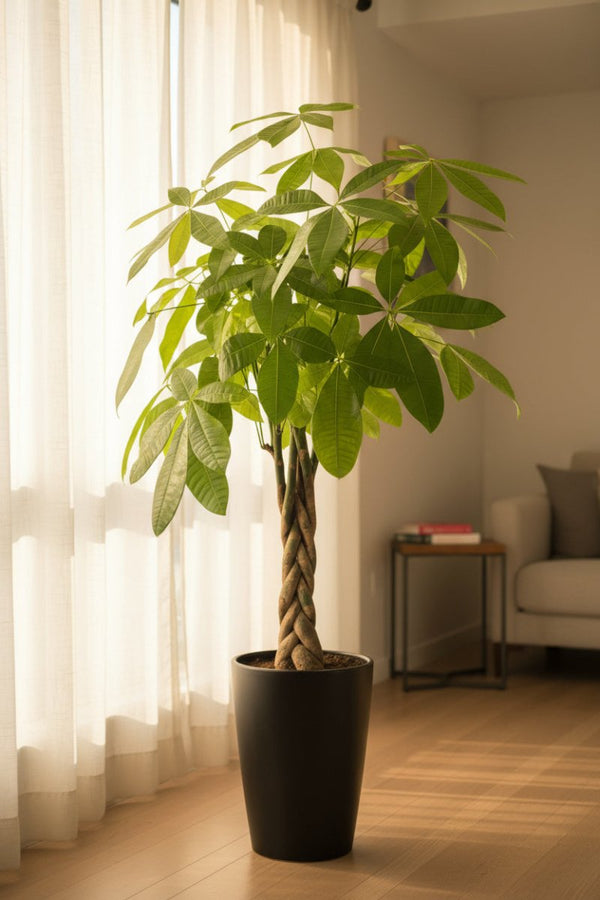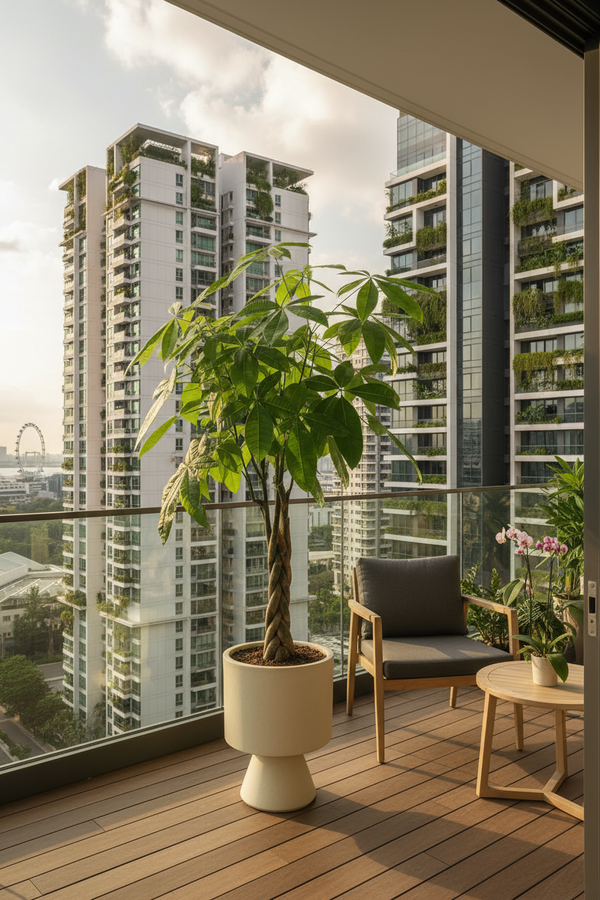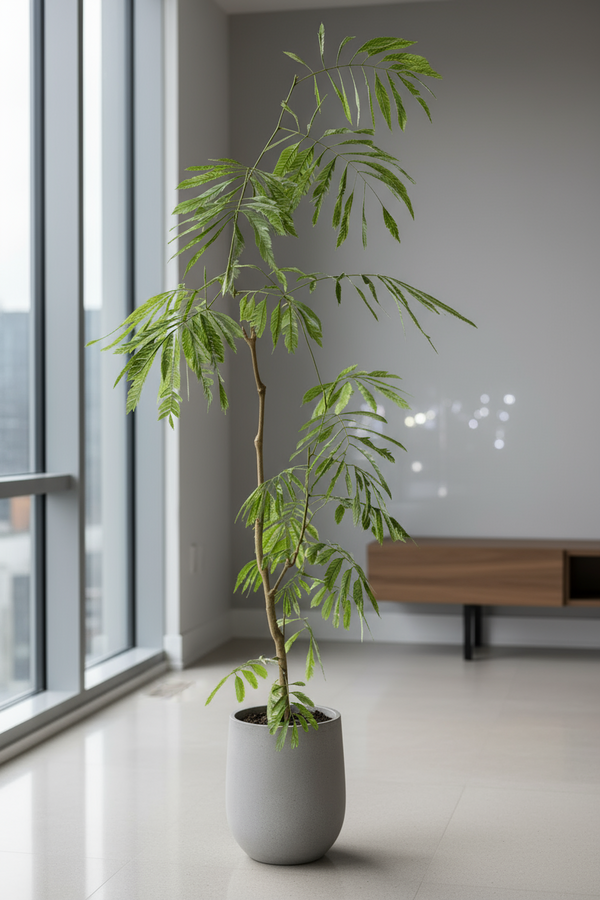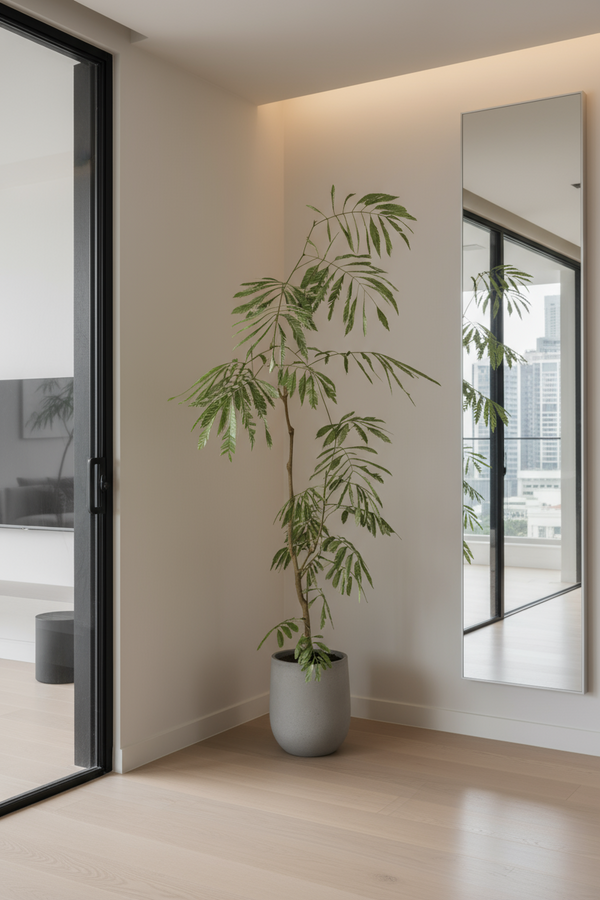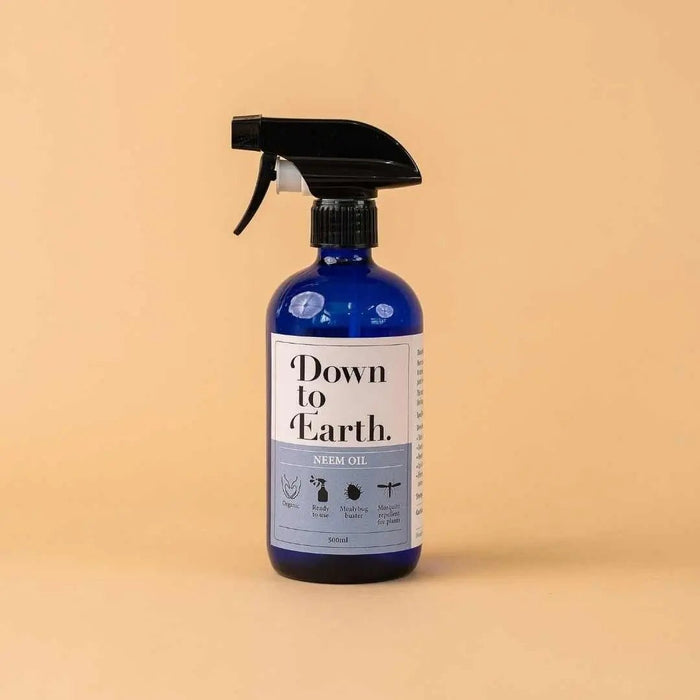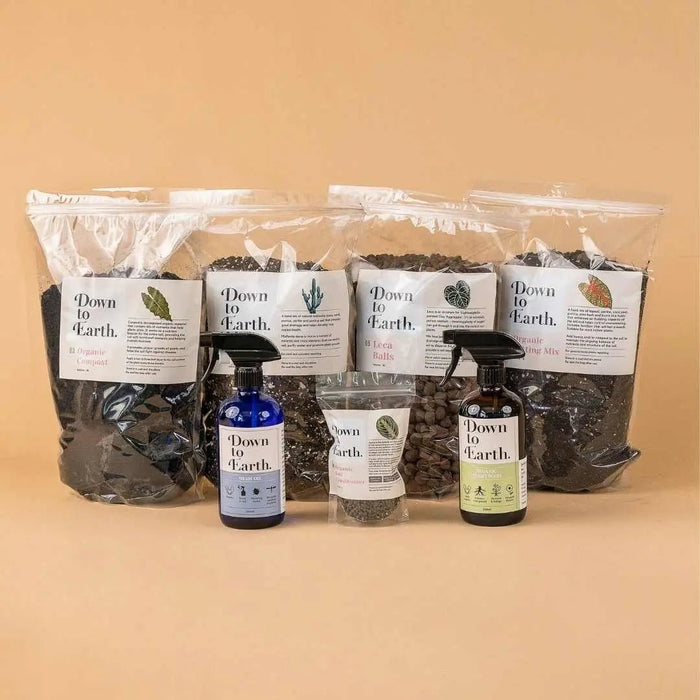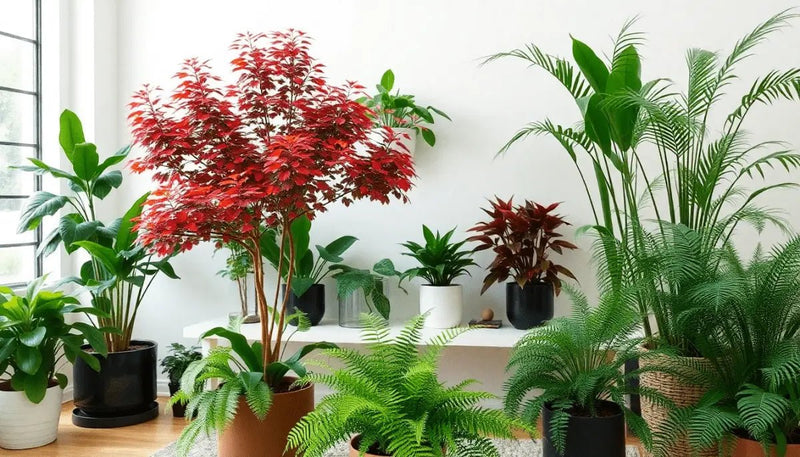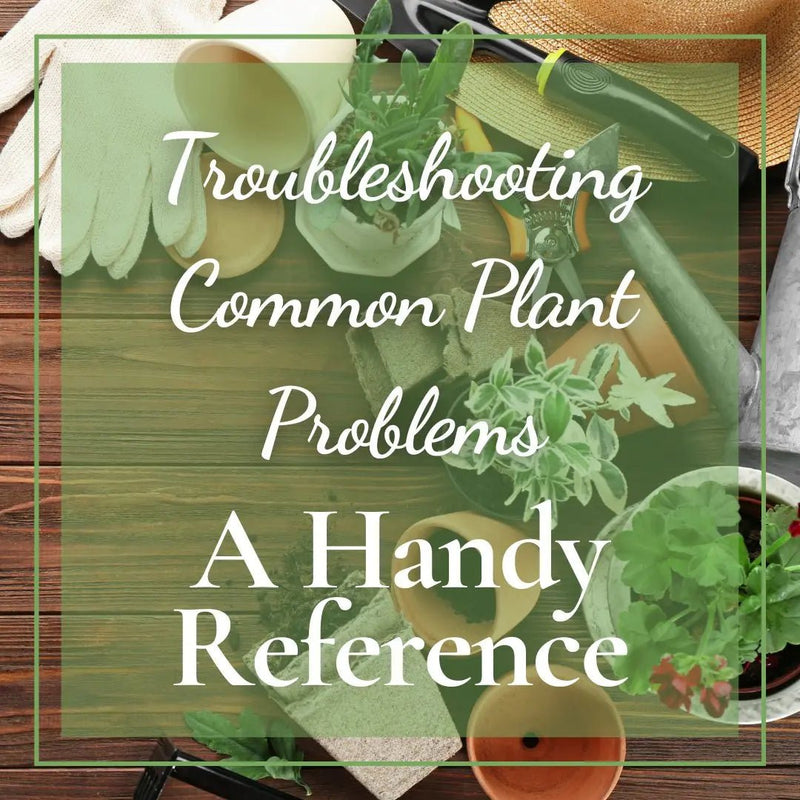The Art of Layering Plants: Mixing Sizes, Textures, and Heights Like a Pro
Posted on September 19 2025
Layering plants isn’t just for design pros—it’s an accessible technique that can turn any garden or container into a showstopper. By mastering the art of layering plants, you can blend sizes, textures, and heights to create a vibrant, living tapestry that looks stunning year-round.
Why Layering Matters in Plant Design
Layering brings depth, dimension, and visual interest to any green space. Rather than arranging plants in neat, uniform rows, thoughtful layering mimics how nature organizes itself. This approach helps you:
- Maximize every inch of space, especially in small gardens or balconies.
- Encourage healthy growth by providing light and air circulation for all plants.
- Maintain dynamic beauty throughout the seasons, as layers hide gaps left by dormant or spent plants.
Start with a Solid Plan
Before you buy a single plant, take a moment to consider your space and goals. Think about sunlight, wind patterns, and how you use the area. Make note of focal points or paths and visualize how different plant heights and forms will interact.
- Sketch a basic layout, plotting larger plants toward the back or center (for island beds) and gradually reducing sizes toward the front or edge.
- Think in three dimensions—consider how mature plants will grow.
Mixing Heights: From Dramatic Impact to Gentle Flow
Arranging plants by height is key to a well-layered look. Taller plants provide a bold backdrop or centerpiece, while medium and low-growing varieties build lushness and softness.
-
Tall layer: Use trees, large shrubs, or tall perennials as the backbone. Examples include ornamental grasses, hydrangeas, or even dwarf trees in bigger beds.
- Mid-layer: Fill this space with bushy shrubs, midsize perennials, or leafy annuals. Think salvias, hostas, or small ferns.
- Low layer: This level softens the transition, featuring groundcovers, spreading annuals, or compact herbs. Creeping thyme or sedum work beautifully.
Stagger heights for a natural look, and avoid planting strictly by tiers—“stepping” heights organically will help you master the art of layering plants: mixing sizes, textures, and heights like a pro.
Playing With Texture for Visual Drama
Leaf texture and shape make a huge difference in garden design. Combining bold, glossy leaves with fine, delicate foliage adds contrast and excitement.
- Pair broad-leafed plants like hosta with wispy grasses or feathery astilbe.
- Mix spiky forms (like yucca or iris) with mounded or cascading plants.
- Combine evergreens with flowering or deciduous varieties for year-round appeal.
Remember, contrasting textures can trick the eye, creating the illusion of more space and depth even in tight spots.
Color: The Finishing Touch
Layering isn’t just about structure—color brings everything to life. Blend foliage colors such as silvery-green artemisia, deep purple heuchera, or chartreuse grasses to extend visual interest beyond bloom times. Plan blooms to ebb and flow across the seasons, ensuring something is always catching the eye.
Practical Tips for Successful Layering
A few strategic choices can make the layering process seamless and rewarding:
- Choose plants with similar water and light requirements for each bed or container.
- Plant in odd-numbered groups—clumps of three or five look more natural than even sets.
- Step back frequently as you plant, checking your layers from different angles.
- Mulch and edge your beds to keep crisp, intentional lines.
Container Layering
Layering works beautifully in pots and planters, too. The “thriller, filler, spiller” formula is a quick cheat sheet:
- Thriller: The tallest, showiest plant in the center or back.
- Filler: Mid-height, mounding plants around the thriller.
- Spiller: Trailing varieties that drape over the edge, adding softness.
Mixing leaf shapes and colors in your containers follows the same core principles as in-ground designs.
Common Layering Mistakes to Avoid
Even seasoned gardeners make mistakes when learning the art of layering plants: mixing sizes, textures, and heights like a pro. Avoid these pitfalls:
- Overcrowding: Allow space so each layer can shine without smothering neighbors.
- Forgetting maintenance: Choose low-maintenance species if you want longevity but minimal fuss.
- Ignoring mature size: Plants grow. Plan for the size they will become, not just what fits in the nursery pot.
Conclusion
Layering plants thoughtfully transforms ordinary spaces into lush, inviting retreats. Practice the art of layering plants: mixing sizes, textures, and heights like a pro, and watch your garden come alive with color and texture. Ready to elevate your green space? Start plotting your layers today!

